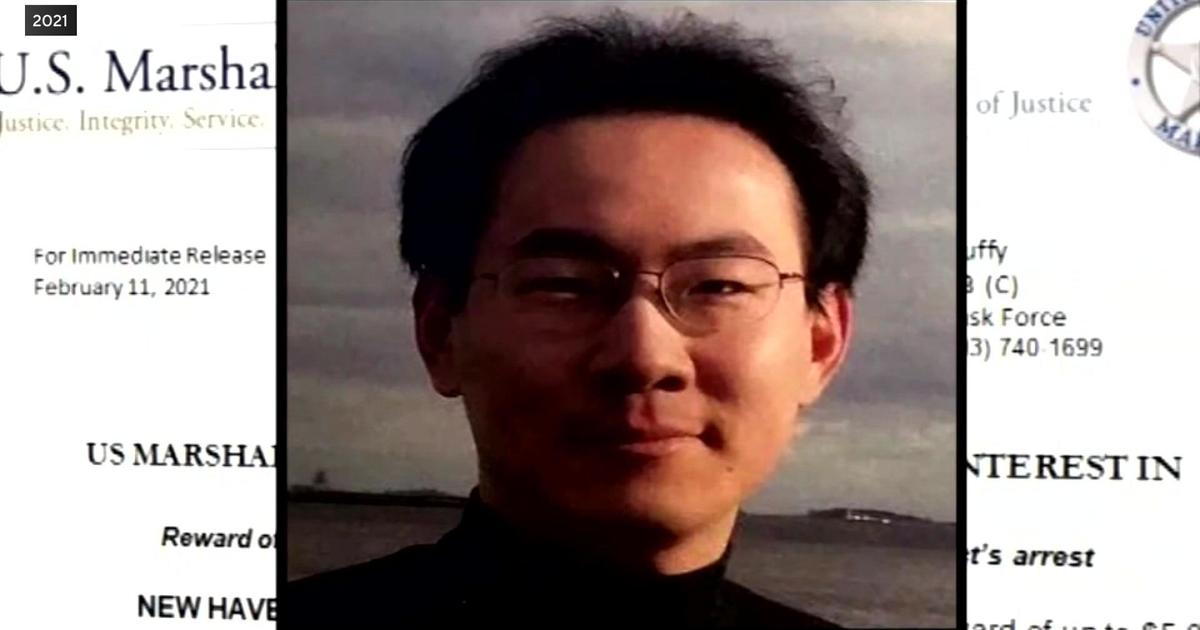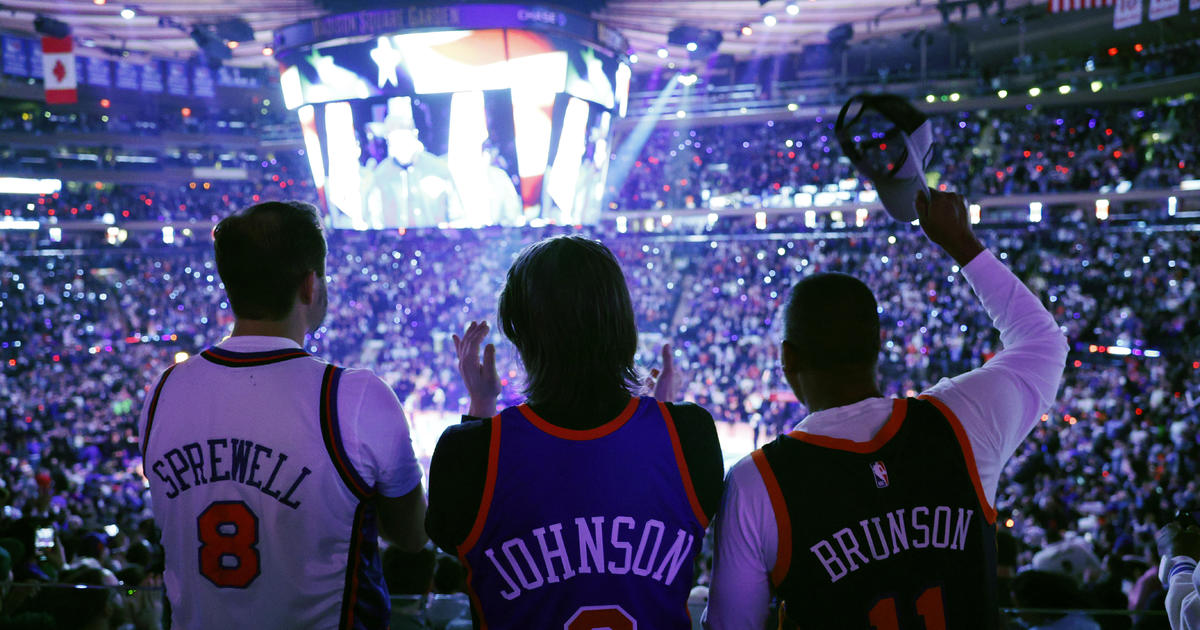Injury Breakdown: Perkins and the PCL
by Abby Sims
Boston's starting center Kendrick Perkins was on the bench -- due to an injury sustained in the first quarter of game six -- when the Lakers dropped the Celtics to claim the title on Saturday. Maybe the loss of his rebounding prowess was an overriding factor. Perkins' teammates fell just short of bringing the 25 year-old seven-year-veteran his second championship in three years. Did I say 25 year-old seven-year-veteran? Wow! Unfortunately, instead of a trophy, as a parting gift for the 2010 season, Perkins will have to undergo ligament reconstruction surgery. Ouch… Perkins' injury is evidently a double whammy – tears of the posterior cruciate and medial collateral ligaments.
What is the Posterior Cruciate Ligament (PCL)?
A previous post on Da'Sean Butler detailed information about the medial collateral (MCL) and anterior cruciate (ACL) ligaments. You may recall that the ACL is a primary stabilizer of the knee and, along with some less significant stabilizers, prevents the knee from hyperextending. This means that it prevents the top of the tibia from gliding too far forward on the base of the femur above. Well, the PCL is also a stabilizer of the knee. It is centrally located within the knee joint and its position is such that it crosses, or forms an "X" with the ACL. That is why these ligaments are called cruciates.
Like the ACL, the Posterior Cruciate checks the motion of the tibia. However, the PCL keeps the tibia from gliding too far backward on the femur. This means that the ligament is stressed when the knee is bent to its fullest, or hyperflexed. Actually, it is primarily the front/outer (anterolateral) band of the PCL that is on stretch in this position. Therefore, it follows that forced hyperflexion generally results in an isolated tear of this portion of the ligament.
Along with other structures, the MCL contributes up to 5% of the restraint of hyperflexion (see Wheeless' Orthopaedics). Therefore, a hyperflexion injury can damage both the PCL and MCL. However, when the MCL and other secondary stabilizers are damaged along with the PCL, the mechanism of injury is more likely to be a traumatic force that pushes the tibia backward on the femur, such as with a "dashboard injury" when a car stops short. It appeared that this is what happened to Kendrick Perkins when he landed while absorbing the impact of Andrew Bynam's weight just below his knee after fighting for a rebound.
Do all PCL Tears Require Surgery?
Unlike ACL tears, which generally require surgery (especially for the active individual), isolated PCL tears can often be managed non-operatively. Perkins is scheduled for surgery because both the PCL and MCL are torn (likely also with contusions or other less significant injuries). The instability – primarily to the medial (inner) compartment of the knee – that will result if he does not have surgery will be too debilitating and would prevent him from returning to competition. Instability of a joint is also a precursor to degeneration of that joint (arthrosis). In the case of PCL injuries, the joint degeneration would occur at the inner compartment as well as at the patello-femoral region (the undersurface of the kneecap).
How is the Ligament Reconstructed?
Surgery is performed arthroscopically and part of the Patellar or Achilles tendon from a cadaver is used as the new ligament. Rehabilitation follows, with early restrictions on activities that stress the PCL such as those that require bending the knee past 90 degrees.
It is likely that Kendrick Perkins will be back early next season, but not likely that he'll return to competition much sooner. Why try to push the pace of recovery in the off-season? In the meantime, he can compare notes with Andrew Bynam, who will have surgery for his torn meniscus. Bynam has the better deal on three counts – a less complicated surgery with the expectations of a much faster recovery and the sweet rewards of having won the championship.
Abby Sims is an orthopedic and sports physical therapist who has been in private practice in NYC for the past 30 years (you may be familiar with her husband, sportscaster & WFAN alum Dave Sims). Abby has a Masters of Science in Physical Therapy from Duke University and has extensive experience working with professional, collegiate and recreational athletes with musculoskeletal injuries – both non-operative and operative. She has also enjoyed lecturing at many medical conferences. Abby looks forward to responding to your questions or writing about topics that you suggest. For more information about Abby, or her practice, please check out www.RecoveryPT.com as well as www.AthletiSense.com.



